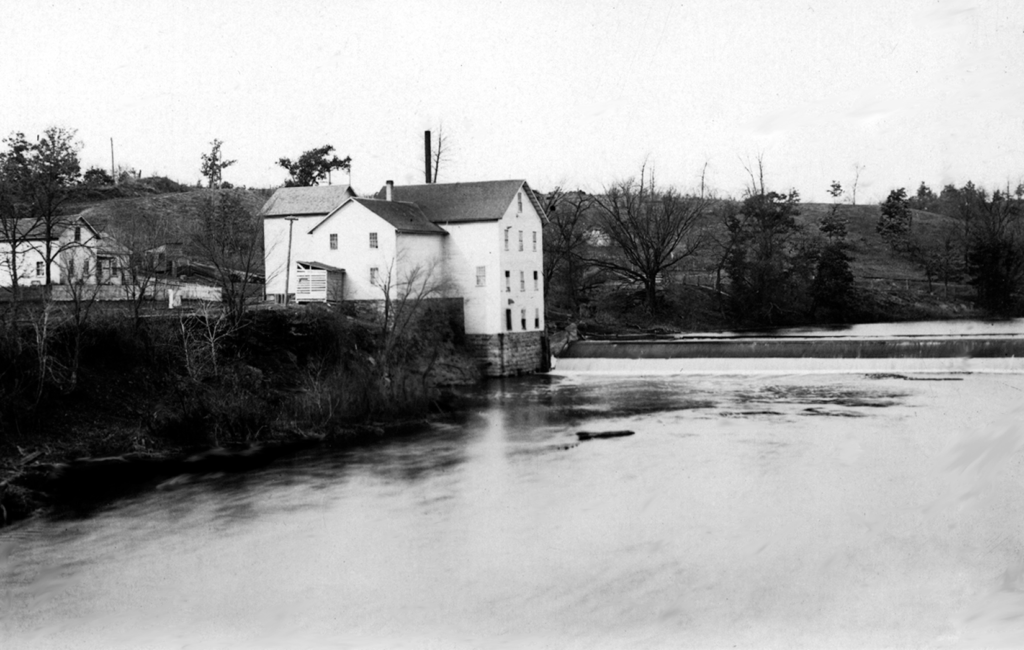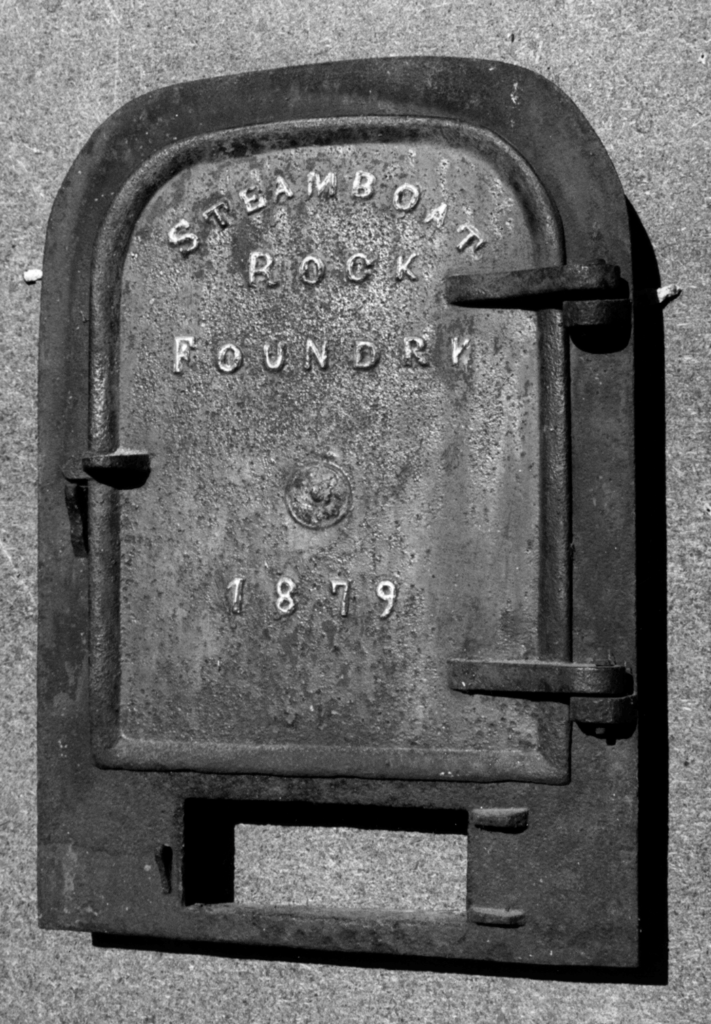
SRHS
Steamboat Rock Historical Society
THE 1880’S IMMIGRATION AND OUTLAWS
GROWTH & DECLINE
Steamboat Rock seemed to be a thriving community in 1880. The mayor was E.M. Campbell; the recorder E.W.
Skerry; the assessor, R.C. Wright; and council members were A.A. Noyes, Jerome Seabury, D.W. Turner, W.D. Shattuck, Henry Luiken and D.G.Cunningham.
As the decade of the 1880’s dawned the U. S. Census showed the population of Steamboat Rock to be 523. The highest it had ever been and the highest it would ever be.
Just 25 years old, Steamboat Rock, could was considered to be a community with real potential for continued growth. But a series of events tooke place and the growth did not happen.
Through the decade of the 80’s the population would actually shrink by nearly one third, leaving only 367 according to the census of 1890.
With the railroad, now fully in place, foreign immigrants had been arriving in the community from a variety of counties, the greatest numbers being from Germany. German immigrants came to Steamboat Rock, seeking to build a new life on the prairie as farmers.
Two theories emerge that have a great deal of merit. The first: With the arrival of the German population, many of the English speaking population saw fit to move on. This was true particularly among the merchants and the reason was the immigration of German citizens. Large numbers of farmers left as well, finding it profitable to sell out and move on to places where cheaper land prevailed and pocketing the difference. Their numbers of course did not effect the towns census figures. Second: Due to the lawlessness of the decade many
left to find more peaceful surroundings. This also did have a great bearing on loss of population. Some indeed did leave to escape the savageness of the times. Let’s not forget that some were killed (5), some went to prison (2), and some ran to avoid prosecution (3 that we know of).
All reasons being considered 160 plus people left Steamboat Rock from 1880 to 1890. A great many more actually left when you consider the large number of immigrants that were arriving to take their place. The community would survive the 80’s. But, it does cause one to wonder what the community would have been had it not been for the violence that prevailed here then.
For most it was business as usual. Some of the merchants of the day were: H. W. Kelly, T.H. Neesen and J.E.
Snyder had general stores; Henry Finster carried dry goods, groceries and drugs; R.H. Waite and Co., sold various goods and groceries; the Dahlman Brothers, R. S. Wardwell, Wm. Asher, Williamson & Leply Co., and A. Janssen sold an array of goods.

The Mill at Steamboat Rock
S. F. Lathrop’s grist mill was still going strong and in 1881, he decided to enlarge the operation. A 24 x 36 addition was built, with three runs of burrs and the flour was ranked among the best anywhere. W. C. Baker of Cedar Falls was made superintendent of the mill.
The mill had been prosperous from the start, but with the arrival of the railroad it grew and was now producing more and more flour for market in addition to what it produced for individuals.
A High grade flour known by the trade name “Pure Gold” was produced and became well known around central Iowa, and in nearby states. The flour was delivered to the surrounding region by wagon and team and later to the more distant points by railroad.
About 1881, E.M. (Mance) Rainsbarger, began working for Henry Dinges in his blacksmith shop in Steamboat
Rock, and they remained together for about one year. Rainsbarger then purchased Dinges’ share of the business and ran it on his own. He was the same man who was a central player in those turbulent years of the
1880’s.
Later blacksmiths included Henry Edick and his brother who had purchased the Van Dornum’s business, Homer Doud, William Hartman and George Howell.
In 1883 the wagon maker Nathaniel L. Webb, was on his own. He had previously worked for Albert Van Dornum
and sons in their blacksmith shop as a wagon maker. Now in his own shop, he employed two men and they were manufacturing about $3000 worth of new equipment each year.

A door made in the local foundry
In connection with the wagon shop there was a foundry in which the iron fittings for the wagons were made. The foundry also produced other cast iron products such as doors for ovens and fireplaces.
Sometime later, J. McAlpine operated the wagon and repair shop in connection with the foundry and had added
a machine shop.
D.W. Turner, sold lumber and was successful in the grain and coal business.
E. W. Skerry was cashier of Farmer’s Exchange Bank. Harry Turner, the son of D.W. Turner, was only 16, in 1891,
when he was taken into what was termed, “his father’s private bank.” Soon after he was given the responsibility of the position of cashier.
Dr. Roberts, was the community physician; J.C. Conant, was barber and justice of the peace; A.S. Root the Root
Hotel; Professor Doran, assisted by Misses Reed and Finster conducted the school.
© 2020 Steamboat Rock Historical Society | All Rights Reserved
Powered by Hawth Productions, LLC